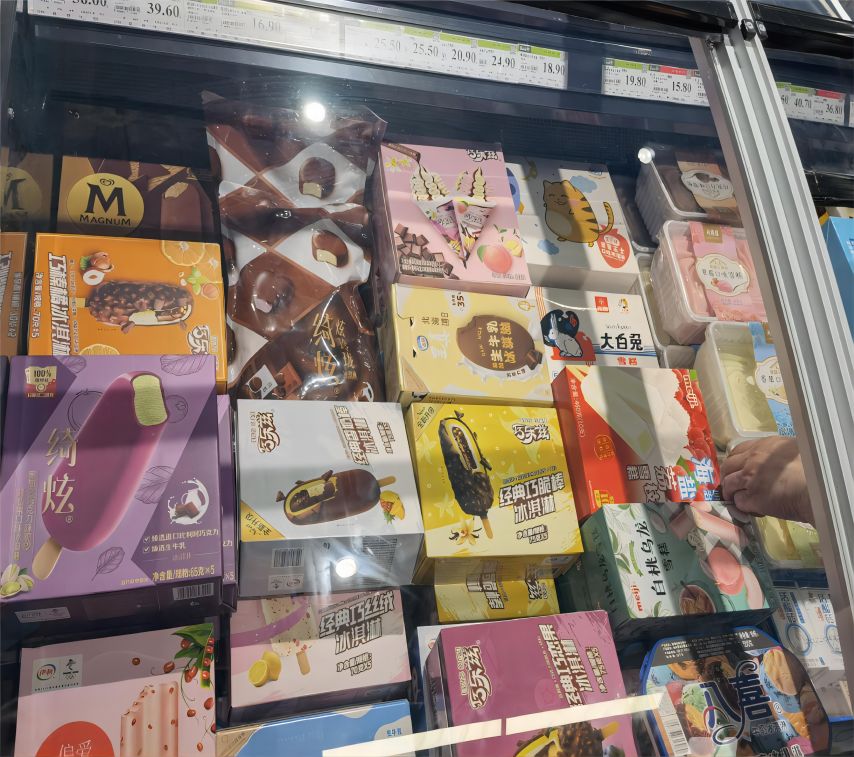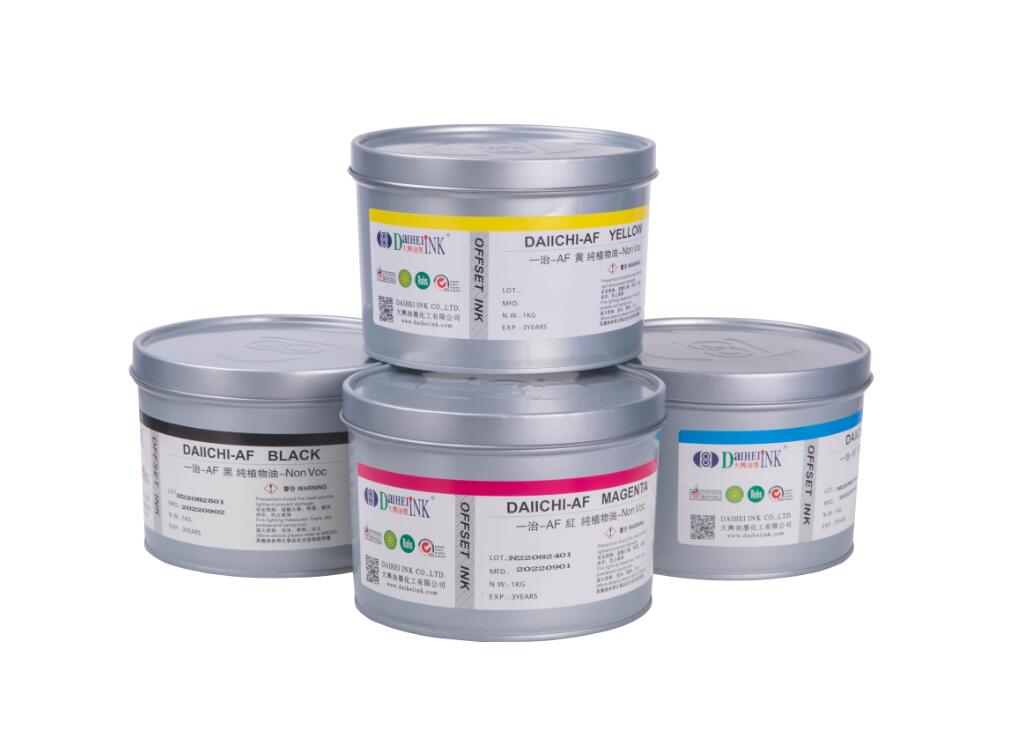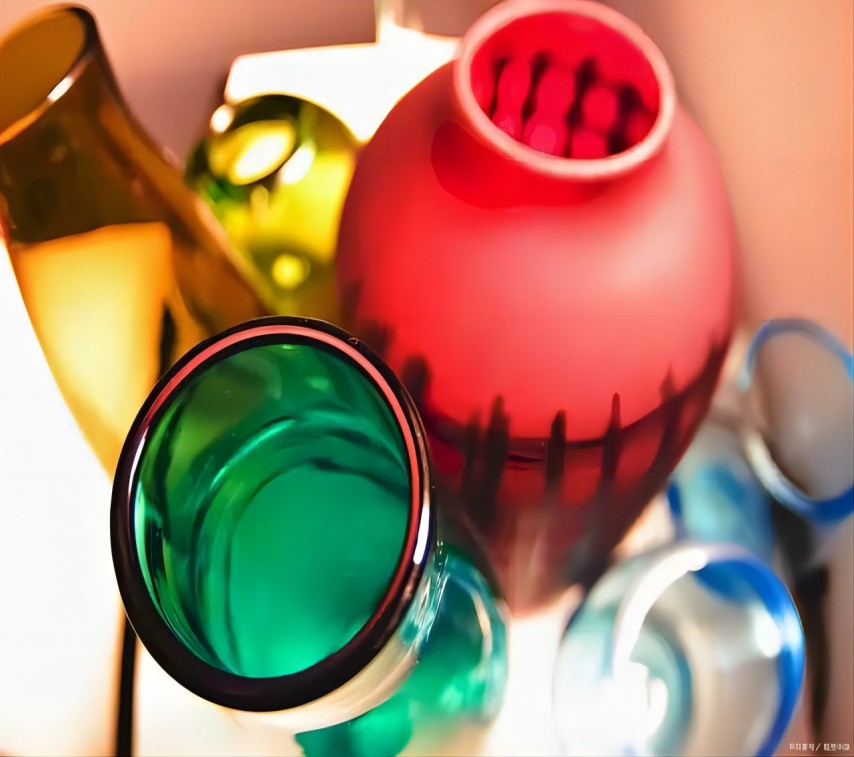-
Email Ustrade@daiheiink.com
-
Contact Number+86 (591)-38260128(620)
-

Your Language :English
Email Ustrade@daiheiink.com
Contact Number+86 (591)-38260128(620)

Your Language :English
Introduction:
In recent years, the presence of mineral oil hydrocarbons (MOHs) in food has gained attention due to concerns about their potential health risks. MOHs consist of two main categories: mineral oil saturated hydrocarbons (MOSH) and mineral oil aromatic hydrocarbons (MOAH). These contaminants can enter the food supply chain through various sources, including packaging materials and processing equipment. Understanding MOAH and MOSH is essential for ensuring the safety of our food. In this blog post, we will explore what MOAH and MOSH are, their sources, and the measures taken to minimize their presence in food.

What are MOAH and MOSH?
MOSH and MOAH are types of mineral oil hydrocarbons commonly found in food products. MOSH, or mineral oil saturated hydrocarbons, are composed of saturated hydrocarbons, which are considered less harmful than their aromatic counterparts. MOAH, or mineral oil aromatic hydrocarbons, consists of aromatic hydrocarbons, some of which are classified as potential carcinogens and are of greater concern from a health perspective. Both MOSH and MOAH can be derived from various mineral oil sources, including crude oil and its derivatives.
Sources of MOAH and MOSH Contamination:
Packaging Materials: One of the primary sources of MOAH and MOSH contamination in food is through packaging materials. Recycled paper and cardboard, in particular, may contain residues from printing inks or recycled board production, which can transfer MOAH and MOSH to food.

Lubricants and Greases: Lubricants and greases used in machinery and equipment during food processing can contain MOHs. If these substances are not adequately controlled or if contamination occurs, MOAH and MOSH can find their way into the final food products.
Environmental Contamination: Another potential source of MOAH and MOSH contamination is environmental exposure. These substances can be present in the air, soil, and water due to industrial activities, vehicle emissions, or oil spills. Contaminated agricultural produce may introduce MOAH and MOSH into the food chain.
Health Risks and Regulations:
The health risks associated with MOAH and MOSH depend on the levels of exposure and the specific compounds involved. Long-term exposure to high levels of MOAH may pose a potential risk of developing cancer, while MOSH can accumulate in human tissues, such as liver and lymph nodes, although it is considered less harmful.
To ensure food safety, regulatory authorities have established guidelines and regulations to monitor and control MOAH and MOSH levels in food. These regulations often specify maximum limits for MOAH and MOSH or require preventive measures to minimize contamination throughout the food production process.
Minimizing MOAH and MOSH in Food:
Food industry stakeholders have implemented various measures to minimize MOAH and MOSH contamination and ensure the safety of food products:
Good Manufacturing Practices (GMP): Adhering to GMP guidelines helps prevent cross-contamination during food production, including effective cleaning and maintenance practices, proper handling of lubricants and greases, and the use of suitable materials in packaging.
Migration Testing: Packaging materials are subject to migration testing to identify potential sources of MOAH and MOSH contaminants. By using suitable barrier materials and coatings, migration can be effectively minimized.

Quality Assurance and Supplier Control: Implementing rigorous quality assurance programs and maintaining strong supplier control can help minimize the risk of MOAH and MOSH contamination. Regular audits and testing of raw materials and finished products ensure compliance with regulatory requirements.
Material Selection: Choosing packaging materials and processing equipment that have been specifically designed to prevent MOAH and MOSH migration is crucial. The use of virgin fibers and appropriate additives in paper and board production can reduce contamination risks.
Conclusion:
Mineral oil hydrocarbons, including MOSH and MOAH, are potential contaminants that can enter the food supply chain through packaging materials and processing equipment. While MOSH is generally considered less harmful, MOAH compounds have raised concerns due to their potential carcinogenic properties. To ensure food safety, strict regulations, good manufacturing practices, migration testing, quality assurance, and careful material selection are essential in minimizing MOAH and MOSH levels in food products. By taking proactive measures, industry stakeholders can continue to provide consumers with safe and high-quality food while addressing the issue of mineral oil hydrocarbon contamination.